YouTube
0:00 Opening
0:30 What is electricity in the first place?
3:10 Minimum Knowledge of Electricity
4:59 One Point Advice
5:27 Summary
Electricity Basics for Beginning Electronics Workers
I’d like to take this opportunity to learn about electricity from the basics.


Let’s just go over the basics together!
In this issue, we will explain the theme of “Basics of electricity that a person starting electronics work should first learn” for those who want to start electronics work but want to know the basics of electricity in the first place.
By reading this article, you will learn “who electricity is in the first place” and “basic knowledge of electricity”.
In electronics, we use electronic components to change or stop the flow of electricity.
By knowing about electricity at that time, you will surely be less likely to get tripped up later on!
What is electricity in the first place?
Let’s start by talking about who electricity is in the first place.
In a nutshell, electricity is the movement of electrons.
I don’t think that’s all you need to know, so let’s go into the world of atoms and check it out.
Seeing Electricity in the World of Atoms
First, let’s zoom in on the LED lighting circuit below.
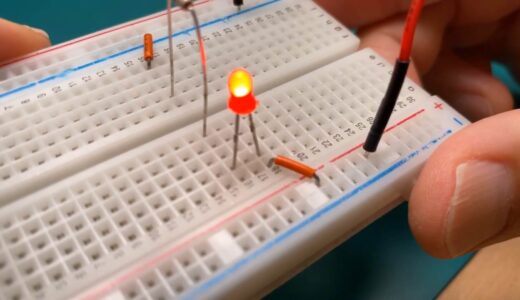
If you zoom in, you can see many atoms lined up as shown in the figure below.
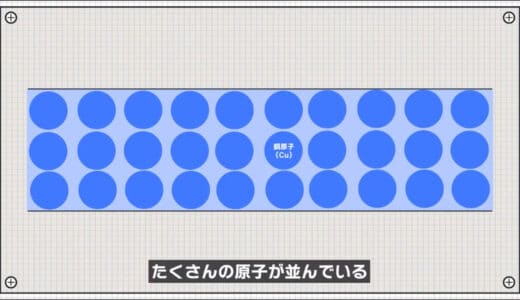
Let’s zoom in on this further.
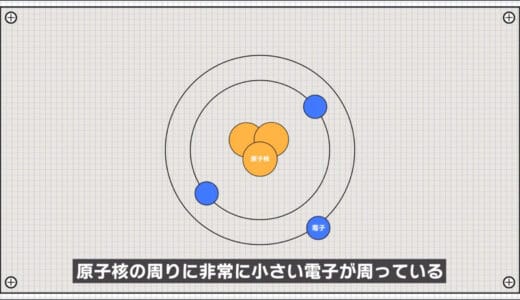
As shown above, very small electrons orbit around the nucleus, which is the source of electricity.
Electrons usually orbit the nucleus, and electrons are negative while the nucleus is positive.
Therefore, when viewed as a whole, it is electrically neutral.
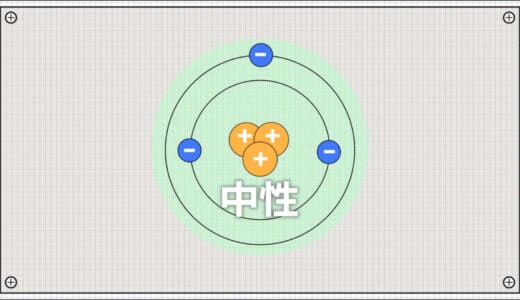
When some force is applied to the wire, the electrons leave the nucleus and fly in the direction of the applied force.
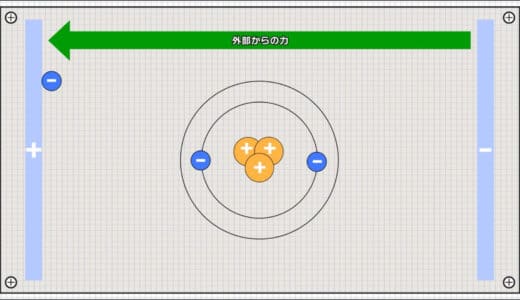
At this time, the electrons and nucleus are separated, so the flying electrons are negative and the nucleus has positive properties.
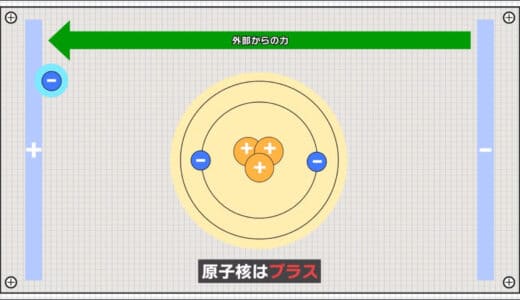
Because of the attraction between positive and negative, electrons flying from elsewhere come to the positive nucleus.
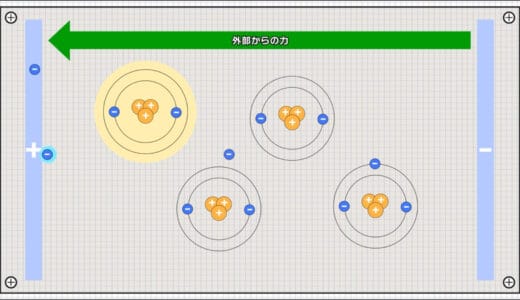
If the force continues to be applied, this electron will fly further away, and other electrons will come in to fill the vacancy.
By repeating this process, a continuous flow of electrons is created.
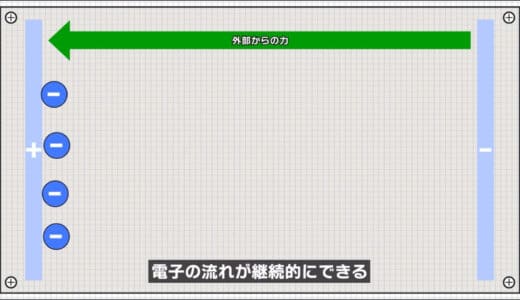
The continuous flow of electricity is called current, and the force applied to a wire is called voltage.
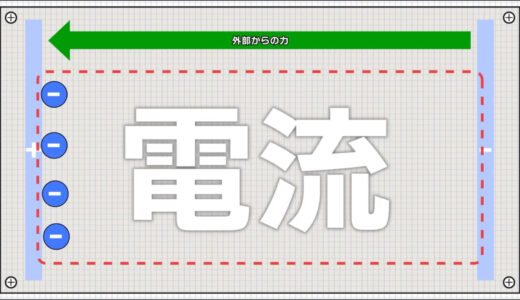 |
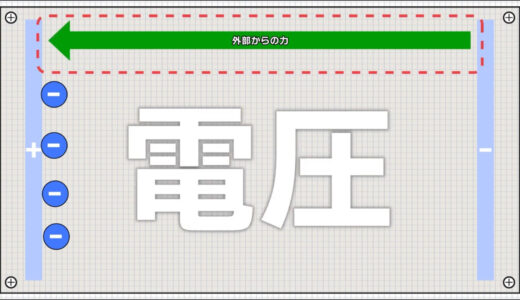 |
Compare electricity with the movement of a river
The movement of electricity up to this point is essentially exactly the same as the movement of a river when viewed microscopically.
The water at the bottom of the river moves to a lower elevation due to an external force called gravity, and the water that was a little higher up again flows into the empty space.
By repeating this process, the water continues to flow and becomes a river.
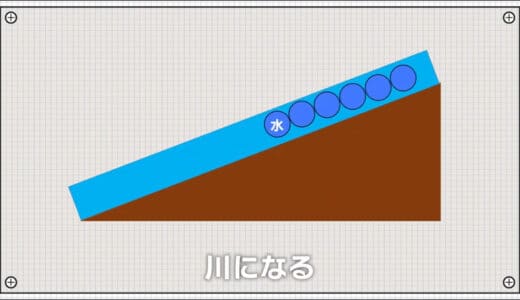
Once we understand that the essence of electricity and water is the same, it becomes easier to understand the role of electronic components.
For example, a river should be sloped more steeply when the purpose is to generate electricity, because you want the turbine to turn powerfully, and less steeply when you want it to flow slowly to grow vegetables.
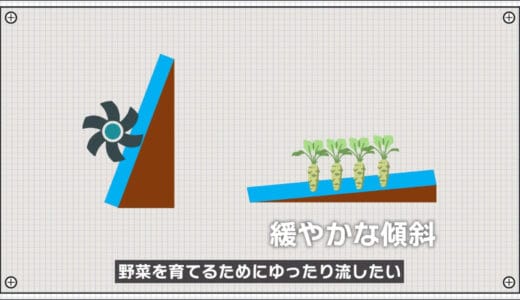
In the same way, in the world of electricity, the slope is tightened when a strong current flow is desired, and the slope is slowed down when a leisurely current flow is desired.
In terms of electricity, resistance is the ability to change the angle of inclination.
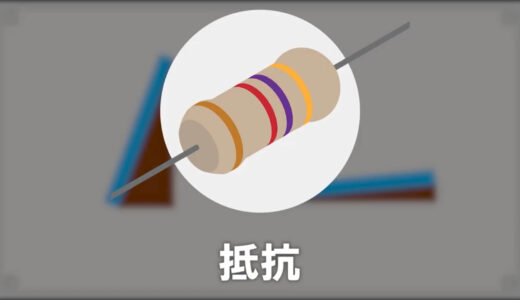
Use a smaller resistance when you want a tighter slope and a larger resistance when you want a looser slope.
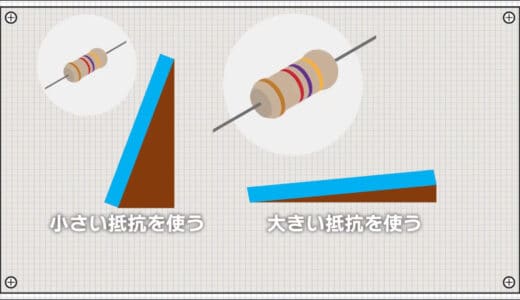
Also, just as we temporarily store water in dams to generate electricity, we sometimes want to temporarily store electrons in the electrical world.
The capacitor is the component that plays this role.
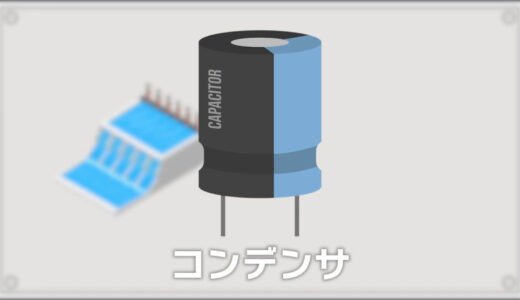
So, I hope you have been able to visualize a little bit that electricity has the same properties as water, and that electronic components exist according to their roles.
3 minimum electrical knowledge you should have
Now that you have reviewed the basics of electricity, here are the three minimum electrical knowledge that an electronics engineer should have.
We will only introduce the touchy parts here, and will explain each in detail in a separate video or article.
Knowledge to be pressed (1)
The first knowledge to be pressed is the role of electronic components.
Like resistors and capacitors, some of which were introduced earlier, electronic components are used to regulate and process the flow of electricity.
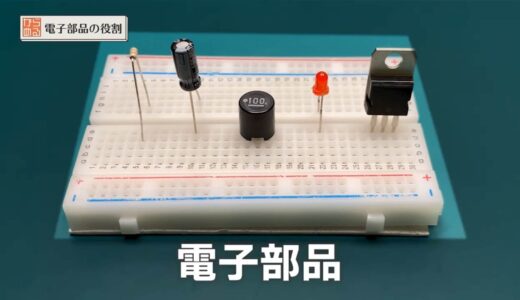
There are many types of electronic components in the world to accommodate various adjustment methods.
However, you only need to learn these five first.
- resistance
- capacitor
- coil
- diode
- electrical transistor

Basically, if you have the above five components down, you will be able to understand the role and operation of the other components through application.
The following is an example of an application using five basic components.
The motor is made of coils.

Components called CPUs, ICs, and operational amplifiers are made up of a large number of ultra-small transistors in a single package.
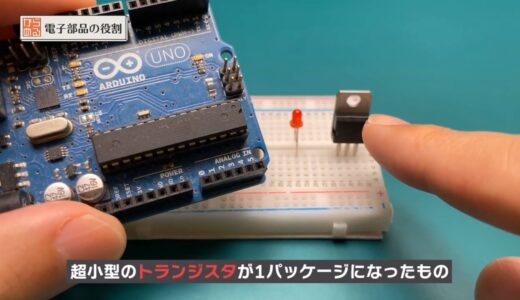
Knowledge to be pressed (2)
The second piece of knowledge to press next is Ohm’s law.
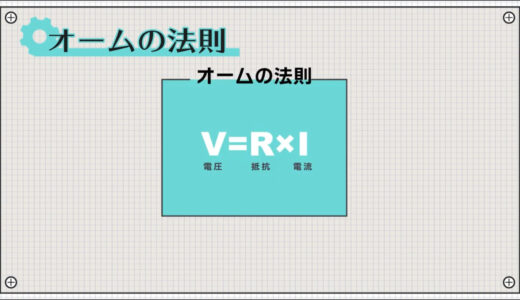
It is of course necessary to avoid unplanned construction of the river, which has made the river flow harder than expected or caused the river to flood.
In the world of electricity, Ohm’s law is a tool for calculating and predicting in advance how far a river will be safe even if the slope is too steep.

Knowledge to be pressed (iii)
The third knowledge that must be grasped is how to read a schematic diagram.
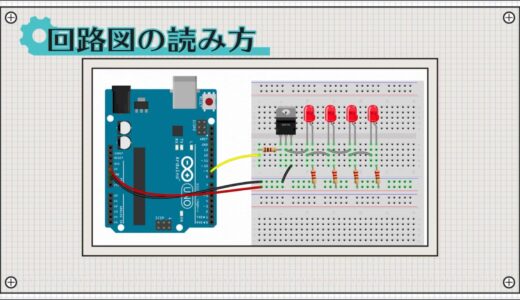
When using Ohm’s law to make predictions, it takes a lot of time and effort to lay out the actual product.
Therefore, in the electrical world, a circuit diagram, which is a simple illustration of each component, is used.
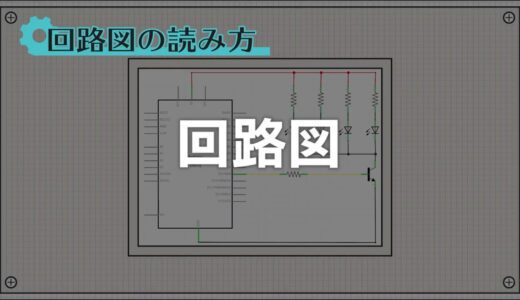
This allows for a clear representation of the circuit, making it conceptually very easy to understand and calculate.
You will come across schematics frequently in your electronic work, so be sure to learn how to read them.
So, I have explained three electrical knowledge that electronic engineers should keep in mind.
- Role of the five basic electronic components
- Ohm’s law
- How to read schematics
advice of a point (advice that may be helpful to some people)
If you are interested in learning more about electricity, here is a book called “The Encyclopedia of Electricity.

The book has the following features
- Basic knowledge of electricity can be learned.
- You can even learn about cutting-edge technology.
- Abundant illustrations for easy understanding

summary
In this article, we explained the basics of electricity that should be learned at least for those who are just starting out in electronics.
In the future, we plan to upload videos and articles that delve deeper into the three areas of knowledge introduced here, so please watch for those as well.

 Start electronics
Start electronics 



